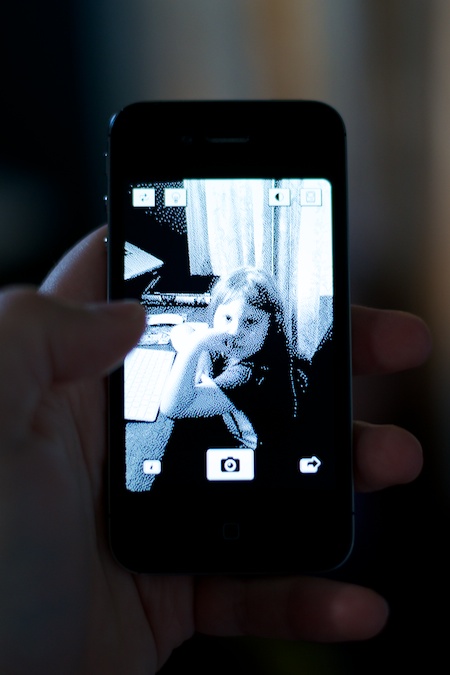I’ve been playing two games recently, Destiny of Spirits on the PS Vita, a free-to-play, turned-based strategy game with some collectible attributes like Pokemon. The other is Bravely Default on the Nintendo 3DS – a traditional 40+ hour JRPG by Square Enix, makers of Final Fantasy.
Both are titles released on traditional (or non-mobile phone) consoles and are each exclusives to their platform.
I’m enjoying them both, for differing reasons, but they both contain an interesting game mechanic that I’ve been thinking about.
Each attempts to reward daily play with in-game items or bonuses if you continuously ‘visit’ the game. In Destiny of Spirits it’s one of the virtual currencies used to purchase goods within the game. In Bravely Default it’s villagers and items randomly sent from other players.
In both cases the items are rather meaningless in terms of moving the story forward or giving you something genuinely unique. Most items can be gained through the game by normal means – i.e. Play the game longer and you’ll find the items.
My wife and I are also catching up on Parks and Recreation and Orphan Black. Both are great shows that have a traditional time slot and channel where you can watch. We however enjoy the experience of on-demand video where you can binge as much as you like, or carefully fit in an episode or two into your week. No need for commercials or being in the living room at a pre-determined time.
The downside is that we can’t be sure of what we can talk about within the show with friends in family. Are they caught up? Are we behind? Is that weird to talk about a season that aired 5 years ago?
This is something I’m noticing more of. Less conversation around time-based entertainment. Sure, things like Game of Thrones or their ilk are not released online as easily (or require an incredibly expensive cable subscription) but more and more is instant and ‘evergreen’. You can watch it whenever.
—-
I’m imaging a future medium – a cross between a video game and pre-VHS television. If you missed an episode of TV before the VHS you’d be hard pressed to catch it again. Maybe a repeat, but culturally you’d be out of the loop. The folks at work would be talking about the progress of the plot (or in the case of sitcoms of the time, a hilarious in-joke or reference) and you’d be in the cold.
Now we don’t have that. Now we can watch entire seasons of a show in a single sitting. But imagine a game where daily participation could give you things akin to an episode of TV. Miss an episode and you don’t have a clear understanding of the story. Can’t make the time on Tuesday for that mission? Then you don’t get the rewards other players receive. Truly unique content, not just baubles or items that can be found elsewhere.
I’m not a total masochistic. Maybe tardy players could complete the missions after a period of time. A little punishment that would encourage active participation.
Would something like this work? How far could you push it? Could the death of a main character, or major plot twist happen in a container of time like this?
Another thing that has me thinking about all this is the explosion of “Let’s Play” videos on YouTube and Twtich.tv. You can literally spend hours watching someone else play a video game. The day of a new game’s release you can watch almost the entire plot, see all the world has to offer, and be done.
I dislike cheat codes. Especially for games I have yet to complete. Once you use the code to run around invincible or not have to worry about having enough mana it becomes boring and pointless to continue. After a few minutes it usually breaks the game for me. Let’s Play videos are like a cheat code for my attention. I’m much less likely to play a game (or watch a movie after reading its plot on Wikipedia).
Would exclusive time-based content that furthers a narrative by providing unique information or experiences work in our world?




